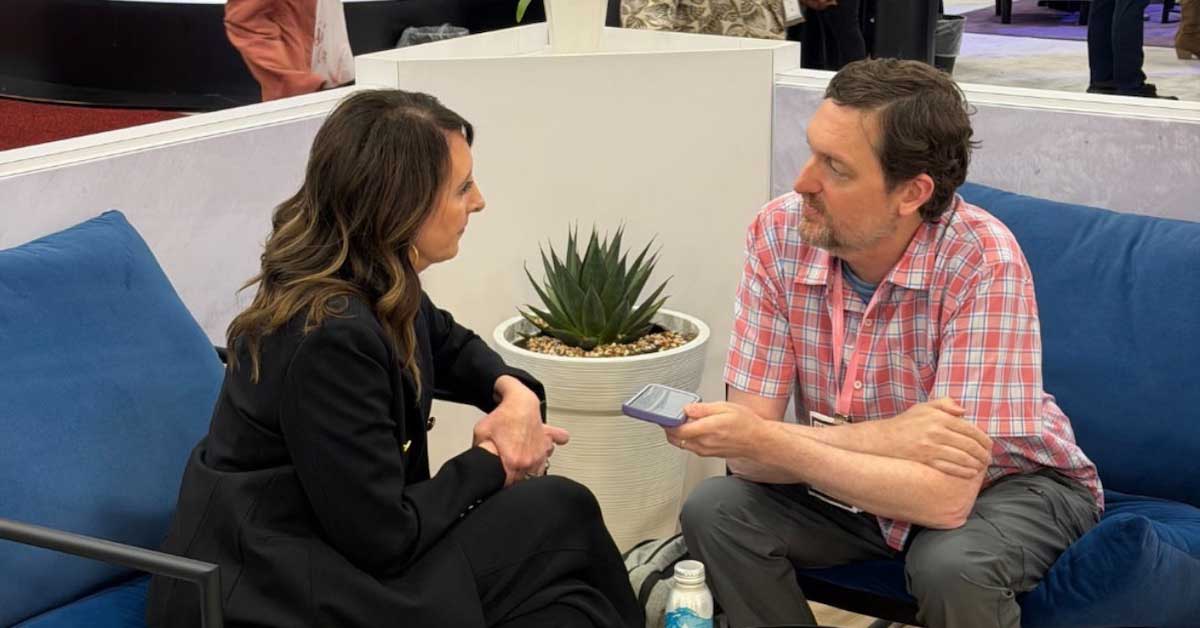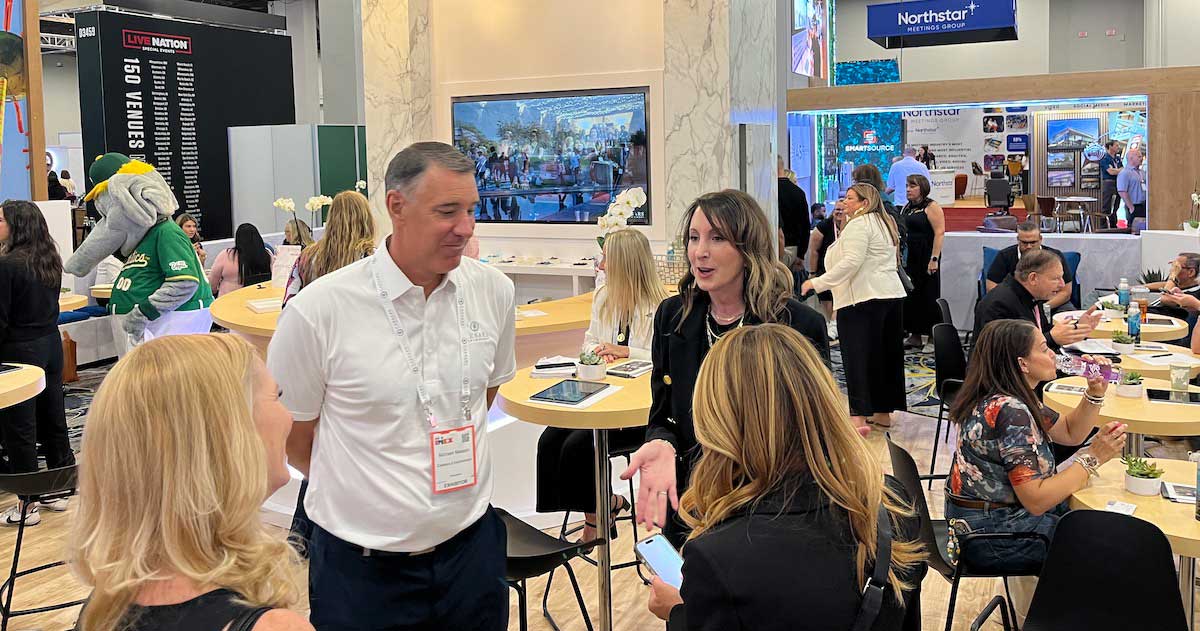The past year of social distancing and working from home has made many of our lives more monotonous and predictable. We’re missing spontaneous hallway brainstorms with our colleagues. Our work and home environments are the same. There are fewer deviations to our daily routines.
Our worlds may feel a bit smaller without the ability to travel, check out a new restaurant or attend an in-person event. This lack of novelty can negatively impact creativity and the ability to solve problems in innovative ways. But as experienced designers, there is a need to consistently produce creative thinking. So, how can this process be jump-started when lacking inspiration?
Walt Disney, a master of converting over-the-top visions into reality, has been reported to have evaluated ideas through three stages: the Dreamer, the Realist and the Critic. To set the stage for this method, he would have a separate room for each phase of brainstorming. Creating a physical separation prepares the mind to switch between different ways of thinking.
1. The Dreamer: The first phase of the process starts with a big dream. Anything is possible at this stage. What excites you? If you could do anything, what would you create? What would your idea look like without the limitations of time and money? How would it make you feel? Thinking big will help build a pool of ideas.
2. The Realist: The second phase of the process looks at those bold ideas through a more logical lens. How can you make that dream feasible? How might the essence of the idea translate into tangible actions? What would you need to execute this? What would a timeline and action plan look like?
3. The Critic: The final phase evaluates and critiques the ideas to find their weaknesses. The point is to determine the barriers and explore the solutions. What could go wrong? What’s missing? What are the holes in the plan? How can the idea be improved? Is it worthwhile? How will it be perceived by the customer?
These three stages help find a balance between your vision and a realistic solution. At the end, you’ll have a solid creative idea and an actionable plan.
Still feeling stuck? Focus on only being in one stage or frame of mind at a time. Go for a walk to boost creative thinking. Engage in a creative activity to manage anxious thoughts. Listen to some music or practice mindfulness to check your emotions and relax. The more you consistently push for out of the box thinking, the more practiced your mind will be to sparking new ideas.
Photo by Ameen Fahmy on Unsplash
References
Kamran, C. 2017. The Dreamer. The Realist. The Critic. Medium.
Peppercorn, S. 2020. How to Stay Creative When Life Feels Monotonous. Harvard Business Review.







